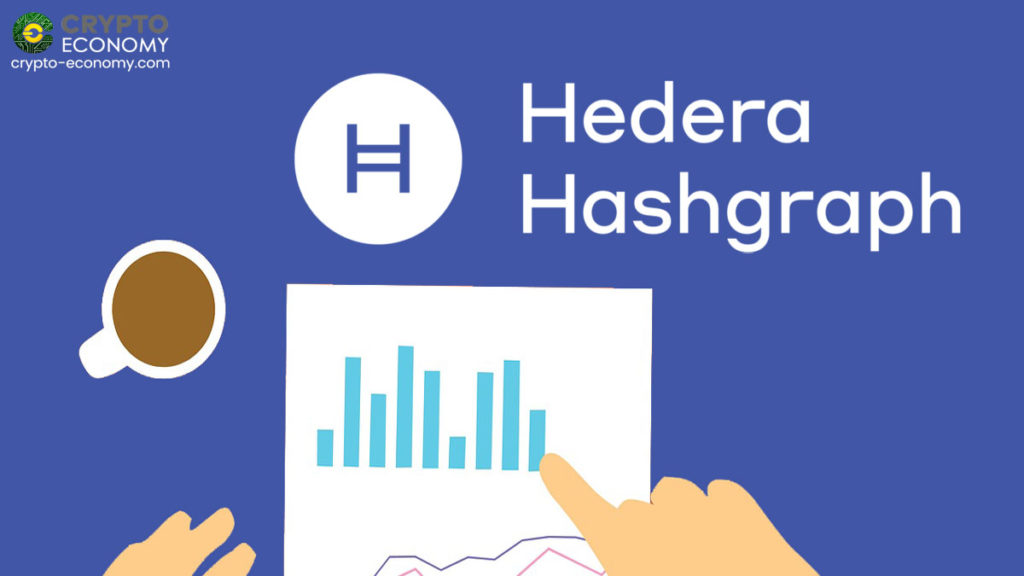Hedera Hashgraph started publishing monthly reports to contact better with audiences and developers. It began by publishing the report for March 2020 on the official website. The project is still in the beta phase and is developing features to run on the mainnet soon.
Starting to publish monthly reports can be a positive step toward more engagement with developers and enthusiasts.
“We published our first monthly Hedera network report. Recap the mainnet’s usage, performance, and key metrics with us for March 2020,” Hedera Tweeted.
Hedera Hashgraph has three main parts, including the Governing Council, operation nodes, and network services for developers. The first monthly report of the Hedera blockchain network is focused on internal metrics of network usage. The founding team will share more data later on social media accounts.
Some significant aspects of the network usage are covered in the March 2020 report. Hedera is not only in a cryptocurrency project. HBAR is known as the principal cryptocurrency of the network; the leading team focuses on four network services, though: Cryptocurrency, File, Smart Contract, and Consensus. According to the report, currently, cryptocurrency and Consensus Service are experiencing more extensive usage.

Hedera claims its consensus solution is more efficient than blockchain and focuses on the current report of usage in the service. The report claims right now more volume is managed than traditional ledgers, but the service still has capacity for more. The network managed an average of 15 transactions per second in March 2020. Besides, the latency in Hedera consensus is reported 2-5 seconds that is way better than many current blockchain networks. Latency is the time the network takes to finalize a transaction. The final state means there is no need for block confirmation.
Hedera claims low CPU usage for nodes in the network. The report says council member nodes do not feel that much pressure on CPU while operating on the network.
The last part of the Hedera report focuses on the way the consensus network operates.
“Hashgraph works through two key operations: virtual voting and gossip about gossip,” according to the report published by Hedera.
If you found this article interesting, here you can find more Blockchain and cryptocurrency news












